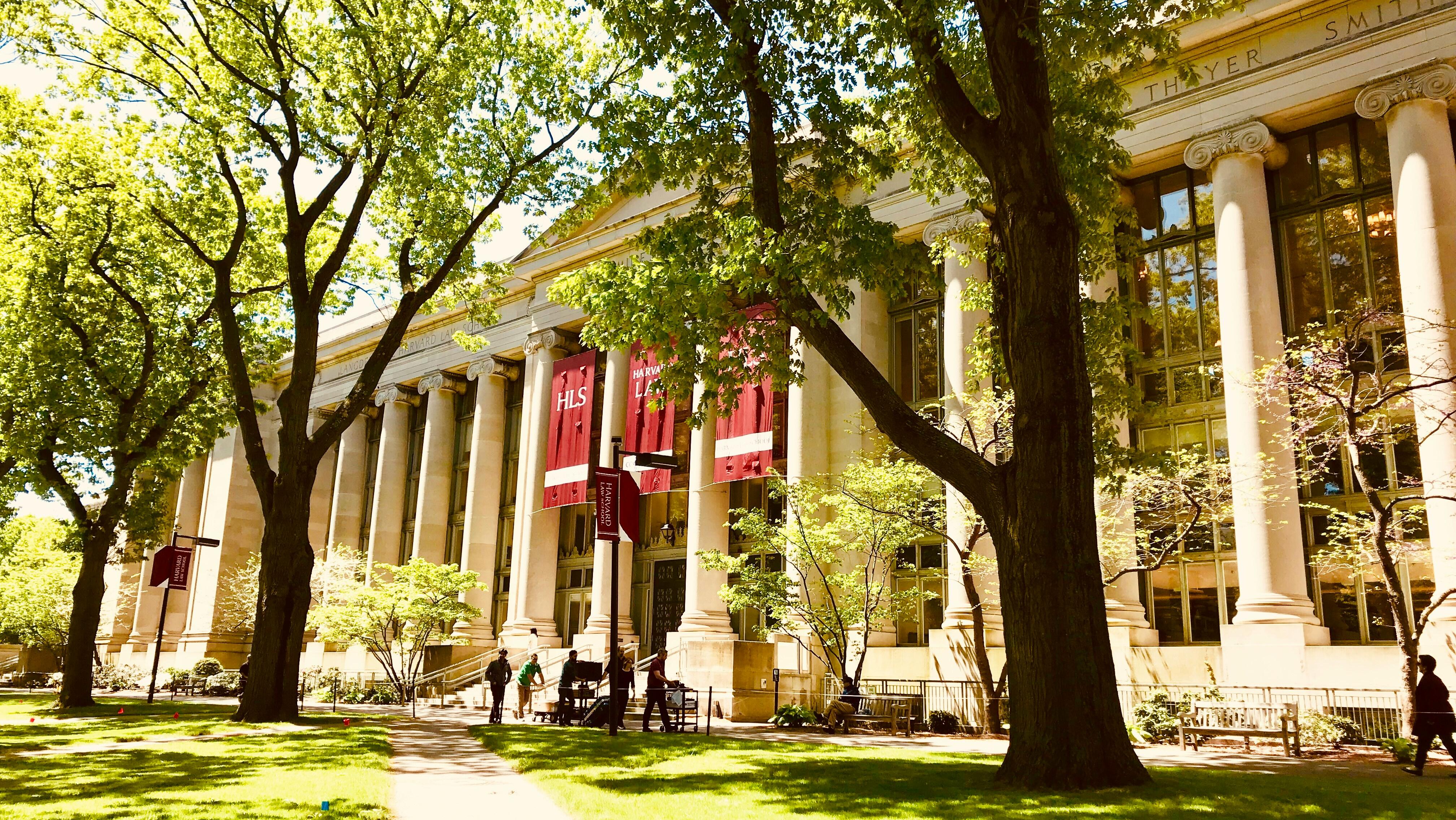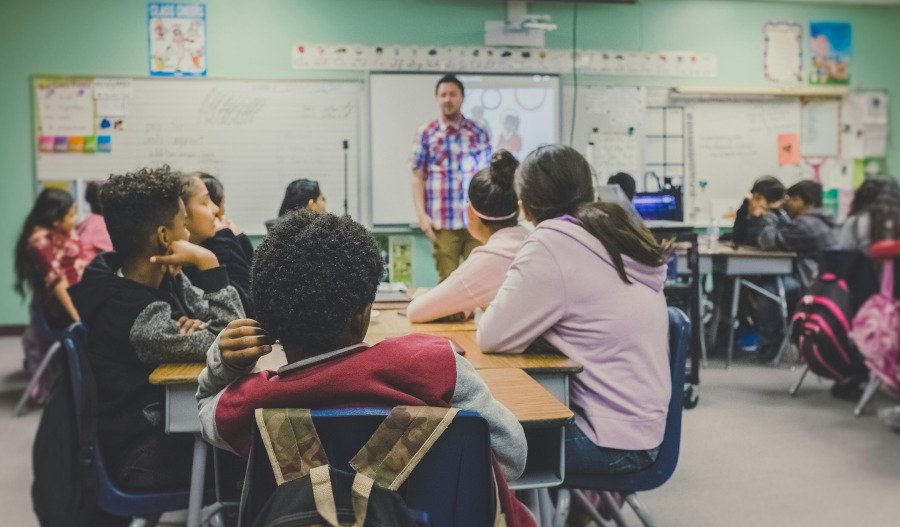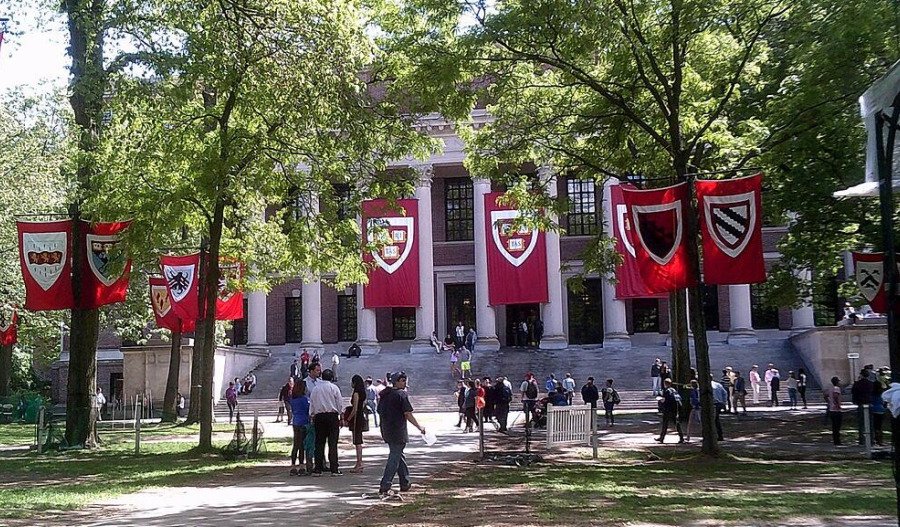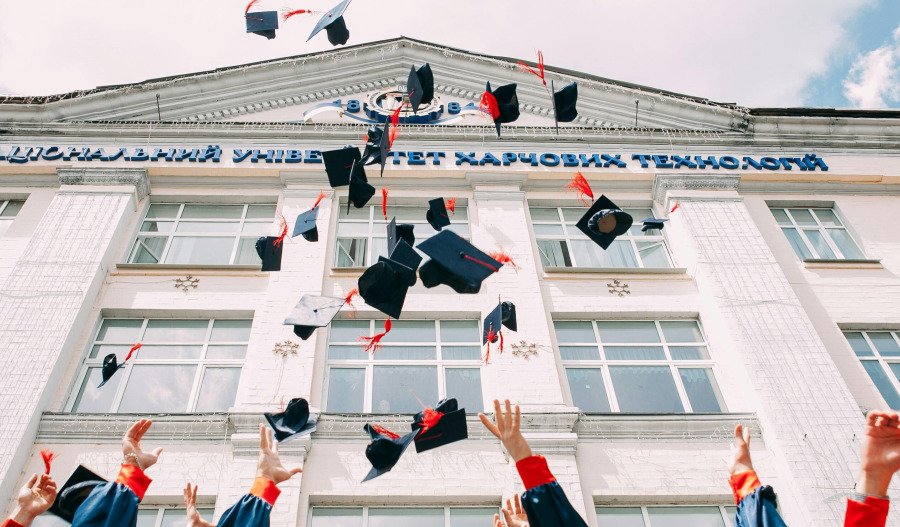The Trump administration's new visa rules could cost the American economy US$7 billion (A$10.82 billion) and eliminate over 60,000 jobs, according to analysis from the Association of International Educators (NAFSA).
International students currently contribute a healthy $43.8 billion annually to the U.S. economy and support 378,175 jobs across housing, food service, retail and transportation.
Over 1.1 million foreign students were enrolled at U.S. colleges and universities during the 2023-24 academic year - a new record fostered under both the Trump and Biden administrations.

The Department of Homeland Security says it has "many examples of students and exchange visitors staying for decades in their student or exchange visitor status" - essentially using student visas as a backdoor to permanent residence rather than for temporary education.
“For too long, past Administrations have allowed foreign students and other visa holders to remain in the U.S. virtually indefinitely, posing safety risks, costing untold amount of taxpayer dollars, and disadvantaging U.S. citizens,” a DHS spokesperson said.
“This new proposed rule would end that abuse once and for all by limiting the amount of time certain visa holders are allowed to remain in the U.S., easing the burden on the federal government to properly oversee foreign students and their history.”
The move would impose fixed visa durations on students, journalists and cultural exchange visitors, replacing the current "duration of status" system that lets people stay until their program ends.
Student and exchange visitor visas would be limited to four years, whilst journalist visas get capped at 240 days - just 90 days for Chinese nationals.
The changes affect F visas for international students, J visas for cultural exchanges, and I visas for foreign media personnel.
F-1 student visas dropped 22% in May 2025 compared to the previous year, and NAFSA projects up to 150,000 fewer students may arrive this autumn without changes in visa processing.
Regional and institutional fallout
Small, private institutions face the biggest financial hit - particularly those with specialised programs or Christian church affiliations.
Washington D.C. sees the highest per-capita impact at $855 per person, followed by New York ($319), Rhode Island ($254) and Connecticut ($218).
Harvard University alone generates $180 million in local economic impact through its 6,000+ international students.
That shows how exposed elite institutions are to policy changes.
University administrators report that 78% of surveyed institutions predict declines in both undergraduate and graduate international enrollment.
Even a 10% drop would cost U.S. colleges $3 billion in revenue, with $900 million from tuition alone.
Ripples beyond the campus
Restrictions come as international education becomes a strategic export worth about the same as total exports of wheat, corn, coal and natural gas.
The U.S. hosts 16% of all students studying outside their home country, down from 22% in 2014 and 28% in 2001 - and British universities are already said to be positioning to capture students who might have chosen America.
One Oxford professor reports "a drop of about 50% in the volume of search for study in the U.S." since January.
The restrictive changes also threaten innovation pipelines.
Nine of 21 known lawsuits against the government involve students in computer science, data science or tech-related fields.
"The rate at which foreign students create firms in the United States after graduation is about four times as large as the rate at which Americans create," UC Davis economist Giovanni Peri said.
A similar proposal under Trump's first term drew over 32,000 public comments - mostly negative - and was withdrawn by the Biden administration.
The public consultation period runs for 30 days, giving stakeholders a narrow window to challenge policies that could reshape America's position in global higher education.



